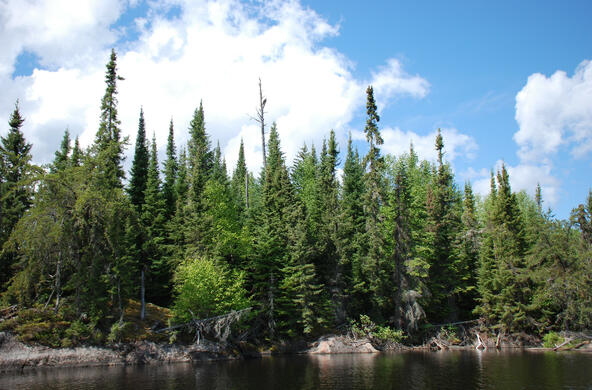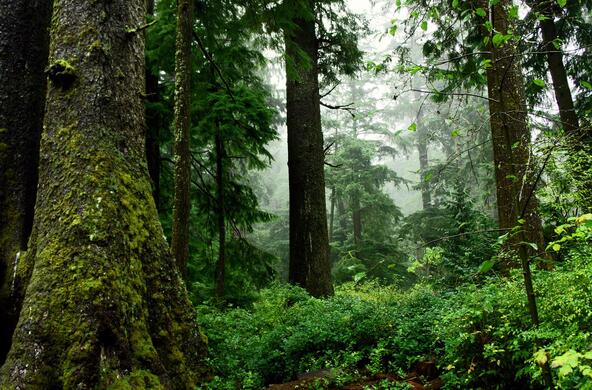Strange things are happening at the top of the Earth. Each summer, the Arctic Ocean, which is normally blanketed in floating sea ice, is losing more and more of its ice cover. Since satellites began monitoring the Arctic in the 1970s, sea ice has been retreating. Summer ice cover has declined by more than 50 percent, and new winter ice is much thinner, making it prone to melting.
Loss of sea ice is anticipated to affect polar bear survival. The animals rely on ice as they traverse their traditional hunting areas.
Reduced ice cover will also open the Arctic Ocean to economic possibilities, from new shipping routes to oil and natural gas exploration. Northern nations are already scrambling to establish claims on the Arctic's sea floor.
But there are other changes underfoot as well.
Crystalline and white — ice has what scientists call a "high albedo." Simply put, this means it reflects back a high percentage of the sunlight that hits it. Albedo is what makes you reach for a white shirt on a sunny day; it also helps explain why black parking lots are so hot.
When "high albedo" Arctic sea ice melts away, the ocean's darker "low albedo" waters become more effective at absorbing solar radiation. Glaciologists predict the Arctic will be ice-free within a couple of decades. Loss of ice will lower the Earth's ability to reflect sunlight and warm the waters of the Arctic Ocean.
It is interesting to put these changes in albedo in the context of our current concerns about global warming.
Each year the Earth receives about 340 watts per square meter of incoming solar radiation. The natural greenhouse effect warms the planet by trapping outgoing solar radiation (153 watts per square meter). Humans have enhanced the natural greenhouse effect by accumulating carbon dioxide and other gases in our atmosphere (adding 2.3 watts per square meter). Some of this addition has been offset by our propensity to disperse dusts and other reflective particles in the air (minus 1.2 watts per square meter).
So at the end of this equation, the current climate crisis is being driven by humans trapping an additional 1.1 watts per square meter of solar radiation. And the loss of polar ice will up this figure by an additional 0.7 watts per square meter, adding another 64 percent to the net warming because of human activities.
In a very real sense, current warming leads to future warming, which climate scientists call cryogenic (ice-caused) feedback.
Fortunately, one thing that the loss of sea ice will not do is raise the sea level. When floating ice melts, it does not increase the total volume of the oceans. Rather, rising sea level derives from the melting of ice on land, including Greenland and Antarctica, and from an increase in the temperature of the ocean's waters themselves, which causes them to expand.
It is also interesting that the sea ice surrounding Antarctica has shown relatively little change during the past few decades, even as the ice pack on the Antarctic continent has declined slightly. The warming in the Arctic seems to be several paces ahead of Antarctica.
Nevertheless, the cryogenic feedback in the Arctic is a newly appreciated and alarming aspect of ongoing global climate changes —largely warming — wrought by humans. Loss of the Arctic's high albedo could lead to a significantly warmer planet, even if we were to curb our use of fossil fuels immediately.
Debate about the reality of global warming is likely to punctuate the already acrimonious presidential election in 2012. There is no doubt the climate has changed in the past because of natural causes. But, there is also no doubt that it is changing now is ways that cannot be explained solely by nature.
Human activities are leaving an imprint on our planetary home, for which we must anticipate the effects, the costs and the costs of inaction. There is a lot happening out there.






